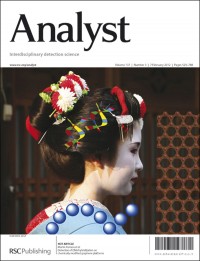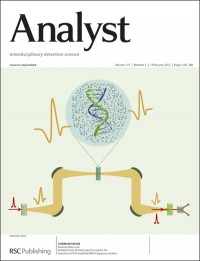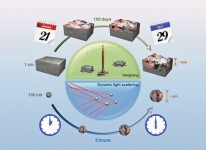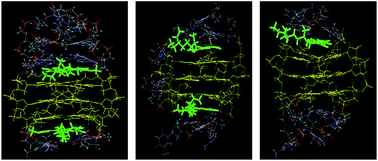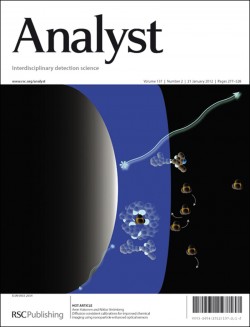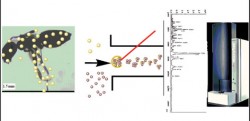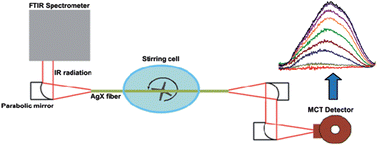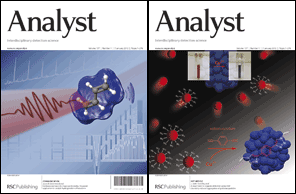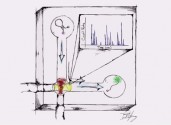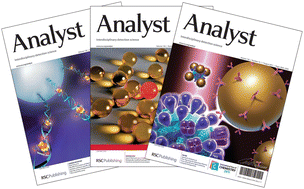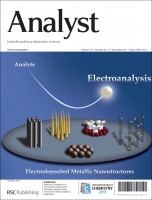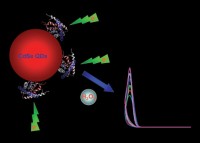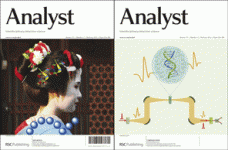 Here at Analyst we like to make it as easy as possible for you to access the latest high-impact analytical science. So, from now on we’ll let you know which HOT articles feature in each new issue. Look out for updates, and for longer posts on some of the most exciting new research published.
Here at Analyst we like to make it as easy as possible for you to access the latest high-impact analytical science. So, from now on we’ll let you know which HOT articles feature in each new issue. Look out for updates, and for longer posts on some of the most exciting new research published.
In Issue 3, you can enjoy the following HOT papers, which will be free to access for 2 weeks:
Minireview: Surface enhanced Raman scattering for multiplexed detection
Jennifer A. Dougan and Karen Faulds
Analyst, 2012, 137, 545-554
DOI: 10.1039/C2AN15979A
Communication: Nonradiative deactivation of europium(III) luminescence as a detection scheme for moisture
Astrid C. Knall, Martin Tscherner, Nadja Noormofidi, Andreas Pein, Robert Saf, Kurt Mereiter, Volker Ribitsch, Franz Stelzer and Christian Slugovc
Analyst, 2012, 137, 563-566
DOI: 10.1039/C1AN15987A
Novel cathodic electrochemiluminescence of tris(bipyridine) ruthenium(II) on a gold electrode in acidic solution
Xiaoquan Lu, Dong liu, Jie Du, Haifeng Wang, Zhonghua Xue, Xiuhui Liu and Xibin Zhou
Analyst, 2012, 137, 588-594
DOI: 10.1039/C1AN15862G
Quantitative analysis of urea in human urine and serum by 1H nuclear magnetic resonance
Lingyan Liu, Huaping Mo, Siwei Wei and Daniel Raftery
Analyst, 2012, 137, 595-600
DOI: 10.1039/C2AN15780B
Colorimetric assay for parallel detection of Cd2+, Ni2+ and Co2+ using peptide-modified gold nanoparticles
Min Zhang, Yu-Qiang Liu and Bang-Ce Ye
Analyst, 2012, 137, 601-607
DOI: 10.1039/C1AN15909G
Hollow mesoporous silica microspheres as sensitive labels for immunoassay of prostate-specific antigen
Dan Wu, Ru Li, Haixia Wang, Shiquan Liu, Huan Wang, Qin Wei and Bin Du
Analyst, 2012, 137, 608-613
DOI: 10.1039/C2AN16033A
A stannum–bismuth composite film electrode for simultaneous determination of zinc(II) and cadmium(II) using differential pulse anodic stripping voltammetry
Nian Bing Li, Wei Wei Zhu, Jun Hua Luo and Hong Qun Luo
Analyst, 2012, 137, 614-617
DOI: 10.1039/C1AN15753A
From a web theme on Future Electroanalytical Developments











